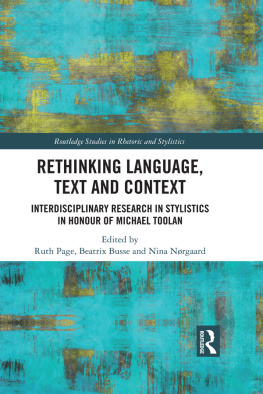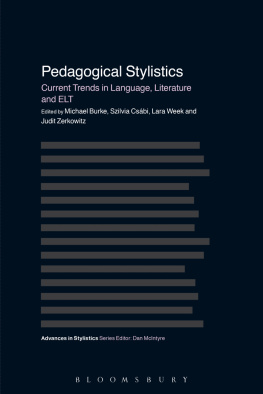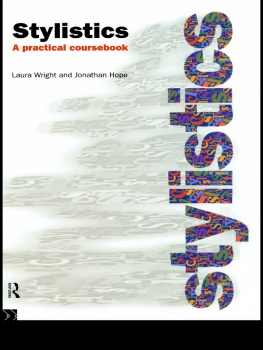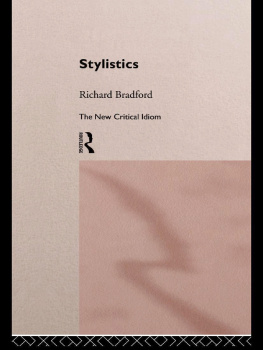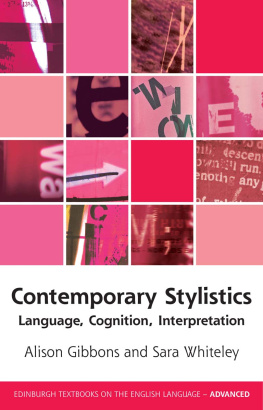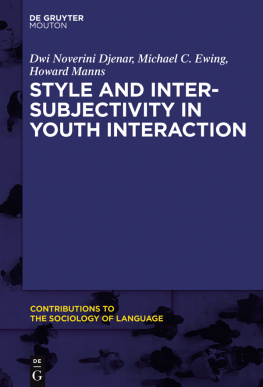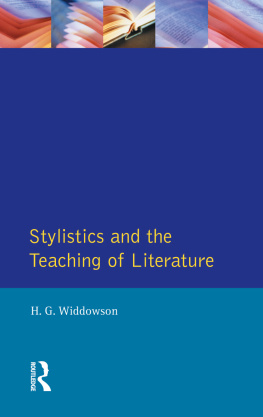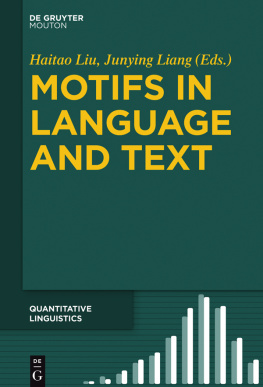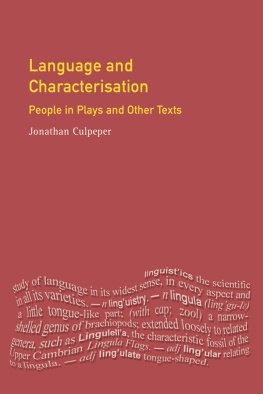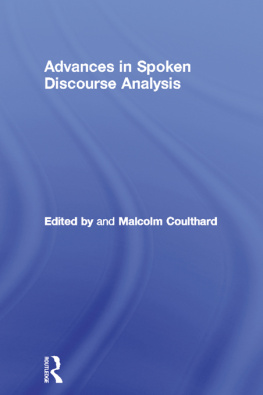My first hypothesis, when examining the question of how powerful women are represented in media discourses, is that there are processes of gendering that differentiate powerful women from powerful men semiotically.
along two key dimensions. First, social relationships (and representations) are infused with assumed differences between the sexes. These assumptions are ideological and can be shown to be constructed in language and other forms of representation and in social practices in institutions. Second, gender imbalance never operates alone but intersects with other axes of inequality.
(Machin et al., 2016, p. 306)
Gendering therefore refers to discourses oriented by the ideational function proposed by Halliday (1978, 1985) or how we codify the world. We use semiotic systems, language being the main one, to organise, understand and express our perceptions of reality. Identities are construed therefore according to the semiotic resources people use to interact with each other. In the representation of powerful women, gendered discourses are used to communicate ideas and practices, which emphasise professional womens gender to the detriment of other aspects of their identity, functions and roles in society. Because sexual roles are given prominence, women and men are positioned differently in public discourses although they might be performing the same actions. Female identity representations are unfavourable to women since their main focus is on appearance and sexuality (Mills, 1995). My second hypothesis is that texts and images produce negative evaluative effects that influence attitudes in relation to powerful women.
Some Facts
It is interesting to consider some worldwide statistics in terms of numbers of women in positions of power, in areas such as government, politics and business. According to the Pew Research Centre, based on the World Economic Forum, in 2017
there were 15 female world leaders currently in office, eight of whom were their countrys first woman in power (10% in terms of percentage in relation to male leaders). While the number of current female leadersexcluding monarchs and figurehead leadershas more than doubled since 2000, these women still represent fewer than 10% of 193 UN member states.
(Geiger and Kent, 2017)
The world average of women in National Parliaments is only 23.5% according to International Parliamentary Union data in December 2017 (Women in National Parliaments, 2018). This under-representation is generalised and very few countries, with the exception of some Scandinavian countries, have gender parity.
In business, according to the American Financial Magazine Fortune , the representativeness of women in CEO positions has fallen worldwide. Overall, women continue to be under-represented in the top role at Fortune 100 companies. Last year, 10 such firms appointed new CEOs. Only one was a woman. That makes a total of only seven female CEOs among the 100 largest U.S. companies based on revenue.
(Bloomberg, 2018)
At the beginning of 2018, pay disparity between men and women existed in all realms of economic life, even in the Gig economy:
Female Uber drivers make 7% less per hour than their male counterpartseven though the algorithms that determine pay for the ride-hailing service are gender blind, according to a multi-year study.
(Korosec, 2018)
The lower level of female salaries is an issue that professional women are continuing to struggle against. Globally speaking, therefore, the number of women in top jobs is still very small and female leadership continues to be a very problematic issue. According to recent More men named John memes and images that circulated on sites like Skillshare International (Charity Organization at Skillshare), there are more CEOs in major American firms called John than women CEOs!
The Brazilian Situation
In Brazil, according to the organisation More Women in Power (Mais mulheres no poder, Plataforma, 2016), women are 51% of the population and 52% of the electorate. And according to the National Ministry for Womens Affairs, in 2014, women also had a much higher educational level and were more economically active than men (Politicas para Mul-heres, 2014). Nevertheless, Brazil, occupies one of the lowest positions in the Interparliamentary Union ranking (Women in National Parliament, female under-representation is a given factfrom city and state councils to federal government. Although Brazil recently had a woman president elected twice, Dilma Roussef (2010, 2014and latterly impeached for corruption allegations), the number of female candidates for executive posts is very small, compared to other countries in Latin America, such as Chile and Argentina. The most recent presidential cabinet has no women ministers.
In the judiciary, data from the Association of Brazilian Judges (Associao dos Magistrados BrasileirosAMB, April 2010) shows that in the base of social power, 50.5% of solicitors in Brazil are women, but as one moves up the hierarchy, the proportion goes down. In the Supreme Court, for example, there are three women out of a court of 11 judges. We can see therefore, based on the information given in terms of numbers and percentages, that there is a culture of sexual division of work, prejudice and inferiority that makes it difficult for women to have autonomy and presence in crucial decisions in the political, legislative and judicial arenas.

